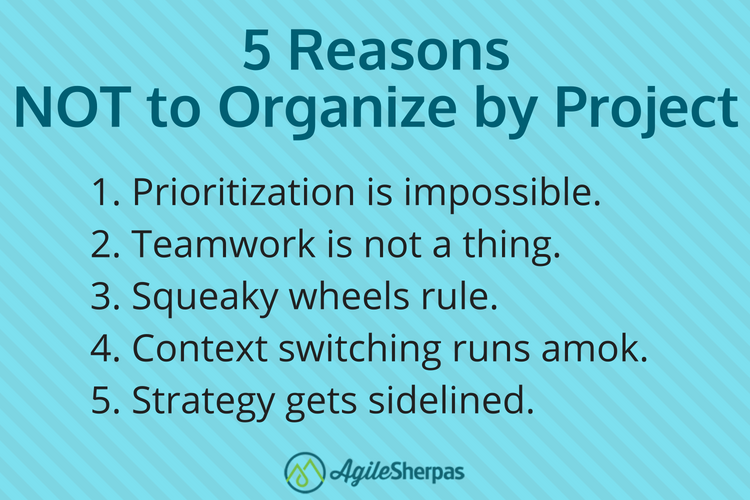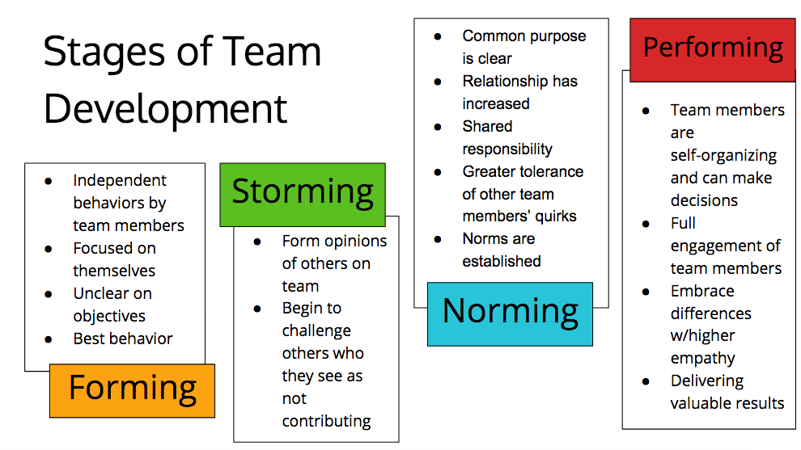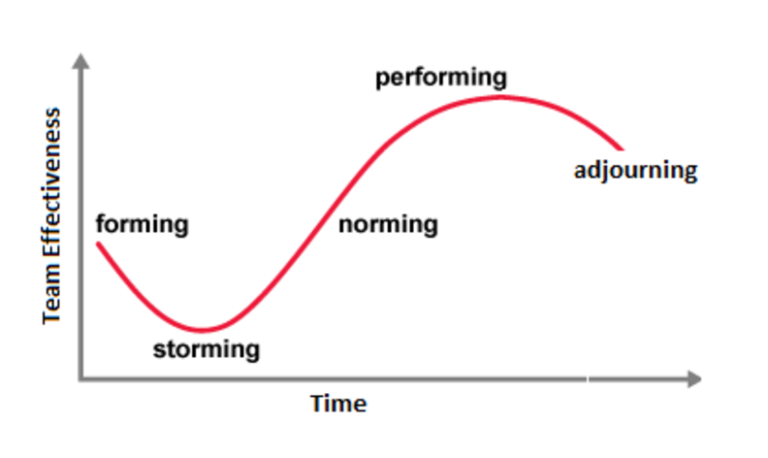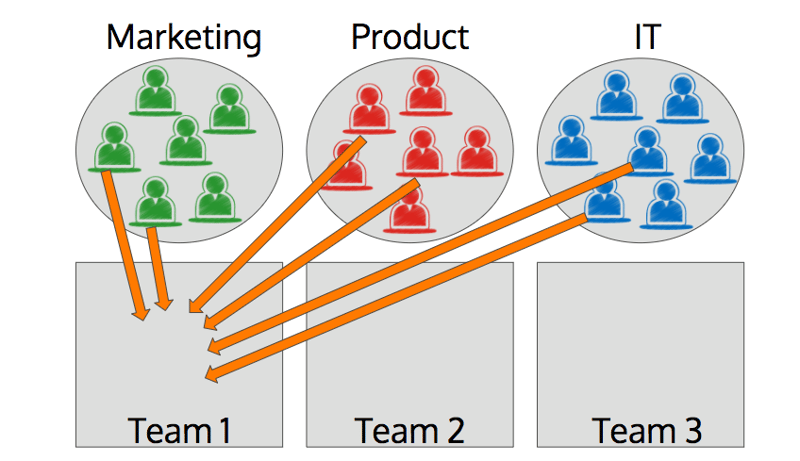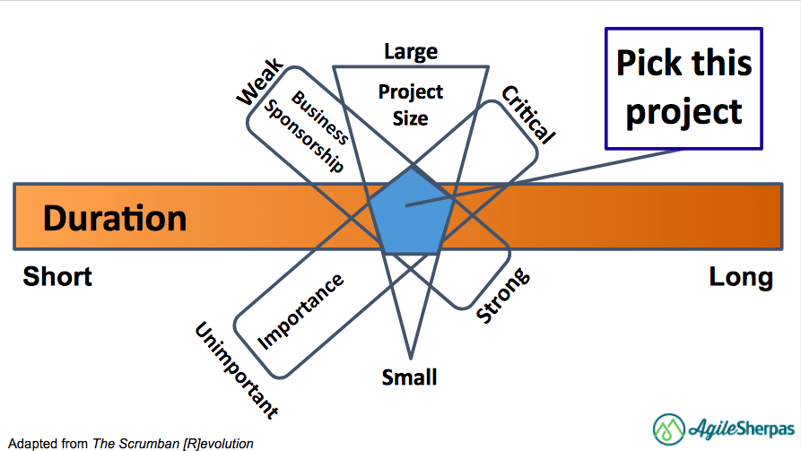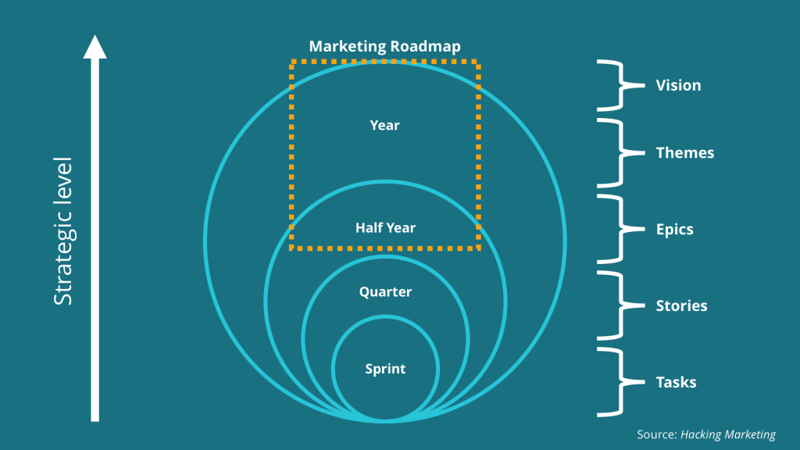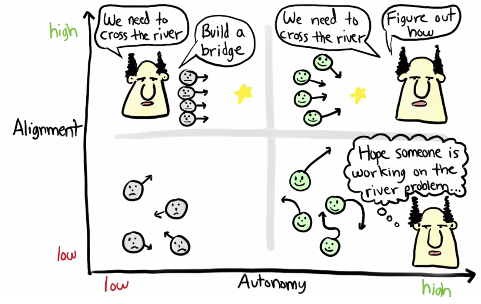It’s summer time, which means my two school-aged kids are home a lot more than usual. This situation comes with awesome things like family trips, running through the sprinklers, and eating melty popsicles, but it also includes a barrage of simultaneous demands.
“Mom, I’m thirsty!” my son will yell from the backyard at exactly the same time my daughter taps on my leg to tell me she wants me to read her a book.
Whichever one I end up attending to first, the other automatically responds by increasing the volume and cadence of their demands.
This knee-jerk response from the child not getting instant attention is also completely unrelated to the level of urgency attached to their sibling’s request.
It doesn’t matter if I’m reading a book, applying sunscreen, or trying to staunch bleeding on a major wound, the other sibling is going to keep repeating their demand at an ever-higher volume (usually from at least three rooms away, possibly from down the street).
Then, during a coaching session last week, I had a terrible epiphany.
I realized that teams who are organized around projects experience this horrific behavior each and every day.
The Problem With Projects
When we organize our departments and teams around projects, we create an army of demanding children stakeholders who don’t know (and/or don’t care) about the requests of their “siblings.”
If I sit on three, four, or even ten different project teams, I’ll be subjected to a cacophony of demands from the project managers of all those teams.
It’s like summer vacation, but on steroids. And it lasts way longer than three months.
Unfortunately, the whiplash that comes from getting demands from multiple stakeholders, while awful, is just one issue that comes from organizing marketing departments around projects.
Let’s consider the potential negatives:
- Prioritization is impossible. When each marketer is serving many stakeholders, all of whom believe their project is the most important, there’s no way to decide what a person should really be working on from day to day.
- Teamwork is not a thing. Nobody feels loyalty or commitment to a single team, because they’re juggling demands from so many groups.
- Squeaky wheels rule. Whoever yells the loudest gets attention, which means business value and customer focus go out the window.
- Context switching runs amok. Individual team members spend their days jumping from one task or project to another, hurting their ability to focus and lowering the quality of the work that they do.
- Strategy gets sidelined. When we live and die by projects, that’s the unit of measure that everyone focuses on. Strategic perspective and long term vision become secondary, if they’re considered at all.
That’s a depressing list, but the solution to all those issues is the same: create persistent Agile marketing teams, tell them your strategy, and turn them loose to figure out how to make it happen.
Those steps may sound simple, but they can quickly grow complicated if you’re stuck in project purgatory. So here’s a more detailed roadmap.
Step 1: Create Persistent Agile Marketing Teams
Teams have lives of their own. They come together, experience conflict, navigate change, celebrate successes, and then do it all again the next week.
Allowing teams to stay together for the long term (meaning at least six months) lets them get comfortable working together.
Educational psychologist Bruce Tuckman called the stages of team development forming, storming, norming, and performing (he later added adjourning as a fifth stage).
If we map these out over time, we can see that early stages are typically marked by a dip in performance:
As you can imagine, temporary teams rarely make it out of this trough. Departments that only bring teams together to work on a temporary project won’t get the benefits of later stages of high performance that persistent teams enjoy.
Piloting Agile Marketing Teams
If your whole department is organized around projects right now, it probably feels scary (and borderline impossible) to blow that up. Don’t worry — you don’t have to.
Instead, create a single Agile marketing pilot team with members from various functional groups:
To make this pilot work most effectively, you want its members to spend 100% of their time on the pilot team. They shouldn’t keep membership on external project teams too.
Choose motivated, engaged, entrepreneurial types for the pilot; you need people who will be open to experimentation and unafraid of a challenge.
As for what they work on, you have two options here:
- Give them a single, finite project.
- Give them multiple projects.
The first option is best if you need a really low-risk way to try this out. Once again, make sure you pick the right project to give the experiment its best chance at success:
You want something mid-sized and with a medium level of complexity, but that has a relatively high level of importance and business sponsorship. That’s the only way your pilot team members won’t get pulled of their project mid-stream to work on something that’s deemed more important.
The second option, a pilot team that works on multiple projects simultaneously, is a bit trickier to set up but a more accurate representation of how an Agile marketing team will actually function in the real world.
In this version you need a strong Marketing Owner (MO) to create a single backlog that the team will be working from. This person will apply a strategic perspective to ensure the team is doing the right work at the right time.
Very few of us have the luxury of working on a single thing for weeks at a time, so if you can manage a multi-project pilot it will give you better insight into how persistent Agile marketing teams will work in your organization in the future.
(AgileSherpas can help you set up a pilot and design a formal kick off event if you need some help here.)
Step 2: Tell Them Your Strategy
This may seem like the simplest step in the world, but it’s the one that causes the most angst with the Agile marketing teams that I coach.
This image, originally from Scott Brinker’s brilliant book Hacking Marketing, makes it crystal clear that daily/weekly task planning can’t happen without a larger goal to work towards.
Yet time and time again I hear stories of upper management, executives, and project managers saying things like, “Why can’t you handle this change? Aren’t you agile now?”
Questions like this put Agile marketers in a nasty spot.
“Responding to change over following a plan” is a core Agile value, so maybe they should just agree to this person’s change and deal with it?
Maybe, but only if the change delivers value to the business and its customers. If it’s change for change’s sake, the team needs to be able to push back, and push back hard.
The important distinction that’s often overlooked is that Agile is designed to “harness change for the customer’s competitive advantage.” (For some reason that part of the Agile Manifesto doesn’t seem to get read nearly as often as the “responding to change” part.)
Change is fine, as long as it’s done for a strategically important reason.
Arbitrary changes create confusion, and confused teams are not high performing teams.
If marketers either don’t know what the company’s overarching strategy is, or they’re not confident that it will be consistent from one week to the next, they lose the ability to effectively plan and execute.
So support your persistent Agile marketing teams by creating, documenting, sharing, and sticking to a strategic vision.
Step 3: Let Them Make it Happen
This is a key distinction for Agile teams that’s often overlooked: people outside the team identify what is going to be done, but the team gets to figure out how to get it done.
Agile team members should be trusted subject matter experts on whatever their team does. They are the only ones who have all the necessary information to plan and execute their day-to-day work.
By sharing (and sticking to) the larger business objectives but giving teams the freedom to explore solutions, Agile organizations enjoy a blissful balance between alignment and autonomy:
When we get this alignment, everyone knows what problem they’re trying to solve (in this case crossing a river), but they’re the ones figuring out how to do it (build a bridge, swim, take a boat, whatever).
Leaders: if you’ve gone through the time and trouble to complete steps one and two in this process, don’t undermine your efforts by micromanaging the team(s).
Escape from Project Purgatory
Agile teams are, in my opinion, the best way to break free from the tyranny of project-induced whiplash.
They allow individuals to focus, limit their work in progress, and be part of a high performing group that simply isn’t possible in a project-centric environment.
So don’t delay. Start working on your pilot team ASAP, and make sure you have a consistent strategy that you can transparently share while allowing them to decide on the best way to execute it.
#NoProjects




